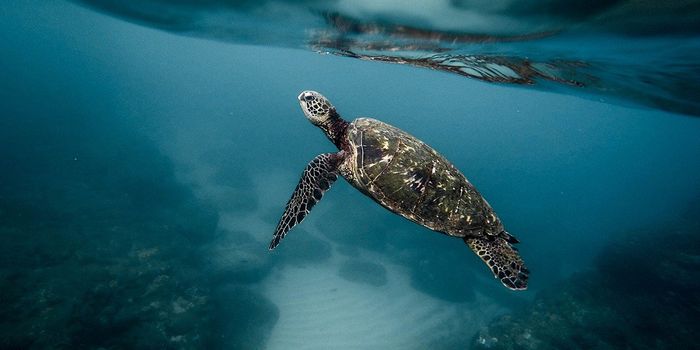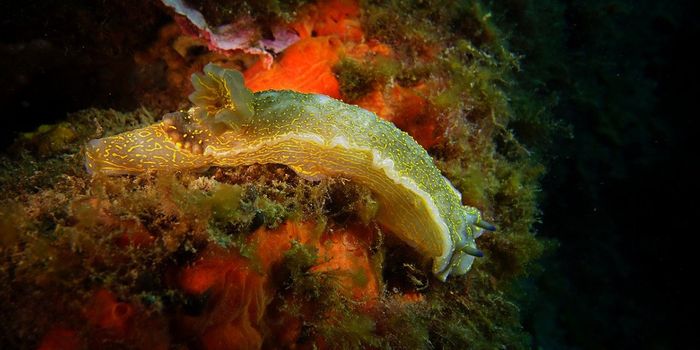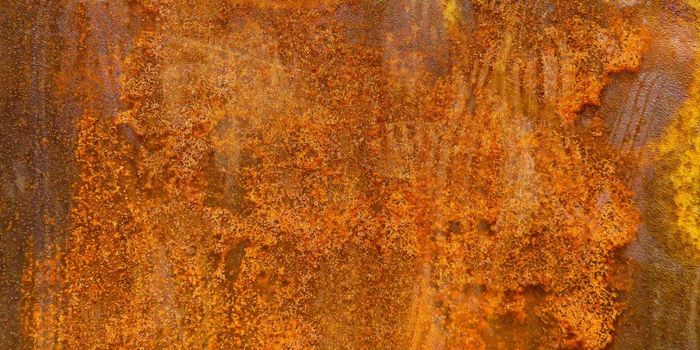I am a human geneticist, passionate about telling stories to make science more engaging and approachable. Find more of my writing at the Hopkins BioMedical Odyssey blog and at TheGeneTwist.com.
JAN 06, 2026 1:19 PM PST
Share
Why Nothing Sticks to Teflon
Anyone who has ever made an omelet with a nonstick frying pan can appreciate the beauty of Teflon. Known chemically as polytetrafluoroethylene (PTFE), the compound is ubiquitous in kitchenware, and has also been used to make waterproof clothing, spacesuits, and even medical implants. So why does nothing stick to Teflon?
Teflon is made up of only two kinds of atoms: carbon and fluorine. These atoms make incredibly strong links with one another, leaving no room for other things to attach. As such, the compound has little to no friction between it and other things. Without friction, things don't stick. This is why an omelet slides so effortlessly off a Teflon-coated pan.
The nature of Teflon begs the question: If Teflon is nonstick, then how did manufacturers get it to stick onto other surfaces in the first place? As it turns out, if the surface has enough grit, it can hold on to Teflon with the addition of some heat. For pans, makers blast the surface with grit to create tiny holes onto which molten Teflon is poured. Add extreme heat and the bond between the Teflon becomes one with the pan.
Watch the video to learn more, including how the discovery of Teflon was an accident!
You May Also Like
Loading Comments...






